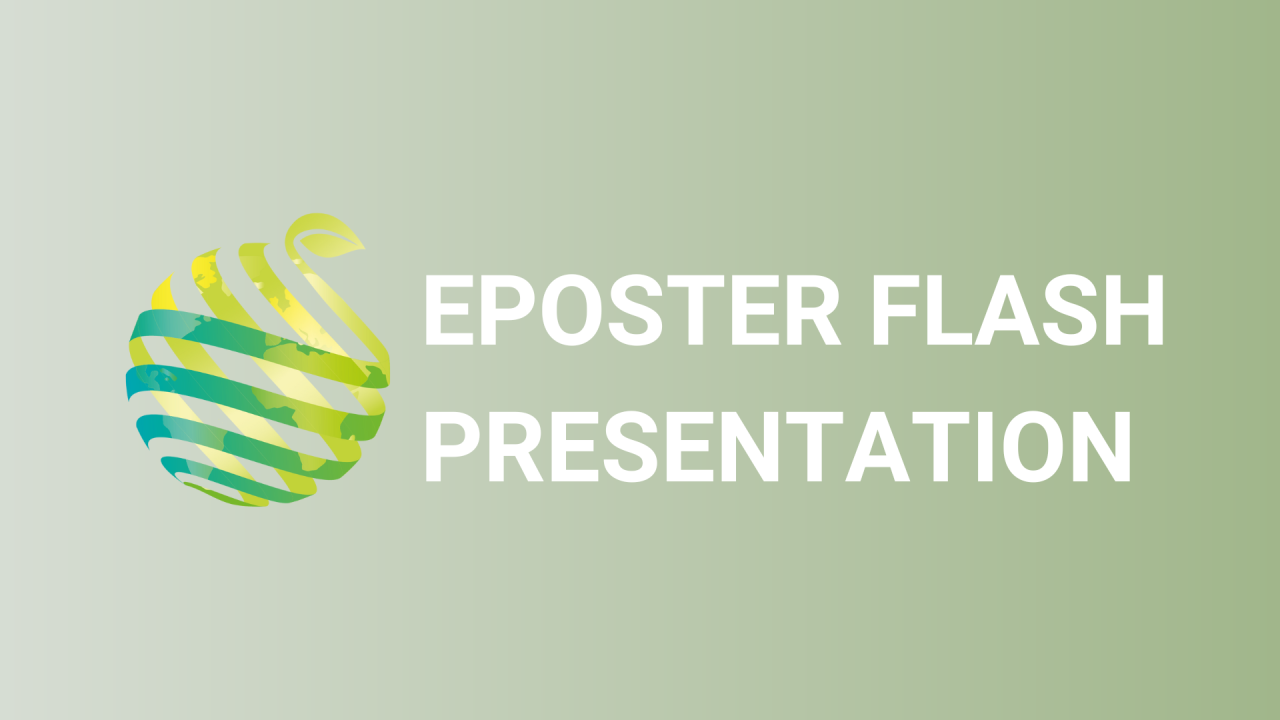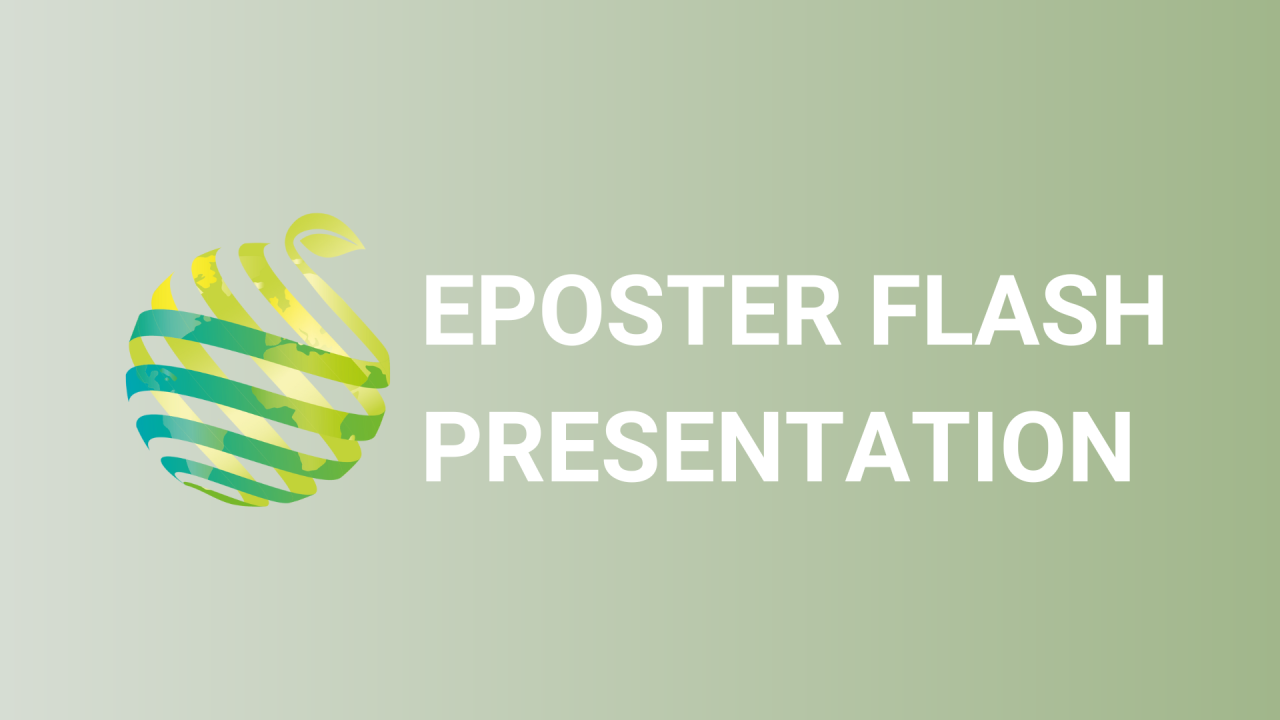

S06 - Session P15 - Chlorogenic acid changes in lettuces under short-term day or night supplemental LED lighting
Information
Authors: Giedre Samuoliene, Viktorija Vastakaite-Kairiene, Ruta Sutuliene, Kristina Lauzike, Neringa Rasiukeviciute, Alma Valiuskaite, Akvile Virsile, Jurga Miliauskiene, Lina Dene, Simona Chrapaciene, Ausra Brazaityte *
Chlorogenic acid (CGA) is one of the primary polyphenols in lettuces, and it has been playing an essential role as a beneficial antioxidant for human health. But CGA is one of the polyphenols determining browning in lettuce, which leads to reduced market quality. Therefore, it is important to control polyphenol content in such plants. It is known that various environmental factors, including light, could change the phytochemicals content in leafy vegetables. However, it still lacks data about the effect of short pre-harvest lighting with various monochromatic LEDs on CGA in lettuces. Thus, this study aimed to determine the impact of short-term daytime or night-time supplemental LEDs light on the content of CGA in lettuce ( Lactuca sativa L. cv. Little Gem). Plants were grown in a greenhouse under high-pressure sodium lamps (HPS) supplemented with 400-, 455-, 530-, 455+530- or 660 nm LEDs light for 4 h 5 th days before harvest. Two experiments (EXP) were performed: 1 EXP n LEDs treatment at night during 22-02 h, 2 EXP n HPS, and LEDs during daytime 06-10 h. LEDs' photosynthetic photon flux density (PPFD) was 50 and HPS - 90+-10 µmol m -2 s -1 Generally, our results revealed the significant effect of the supplemental LED light. Supplemental 455+530 nm LEDs light applied at night-time significantly increased CGA content. Meanwhile, higher CGA content was under the supplemental 400- and 455 nm LEDs light used at daytime. These results were the contrary when such supplemental lighting was applied at night-time. The lowest CGA content was determined under 530- and 660 nm LEDs light used at day- and night-time. Overall, these results showed that short-term LED lighting could be a tool for regulation CGA content in lettuce, but further investigation is needed. Acknowledgements. This project has received funding from European Regional Development Fund (project No 2.2-LMT-K-718-03-0035) under grant agreement with the Research Council of Lithuania (LMTLT).